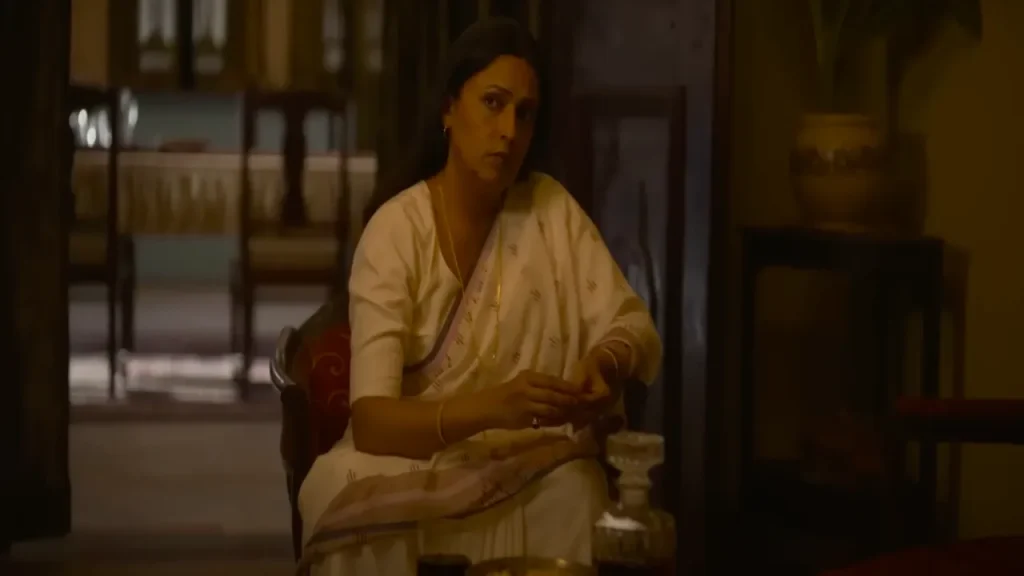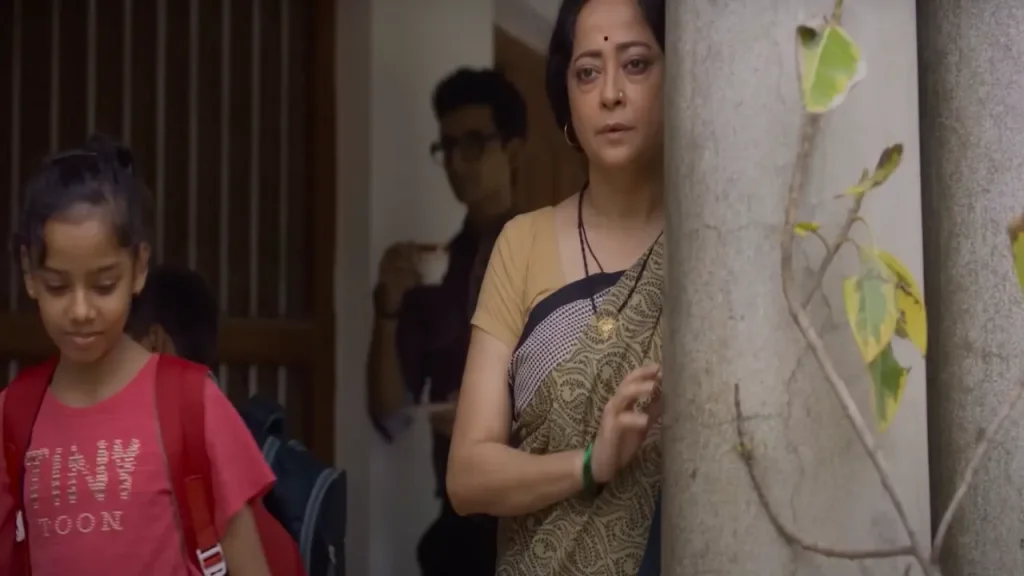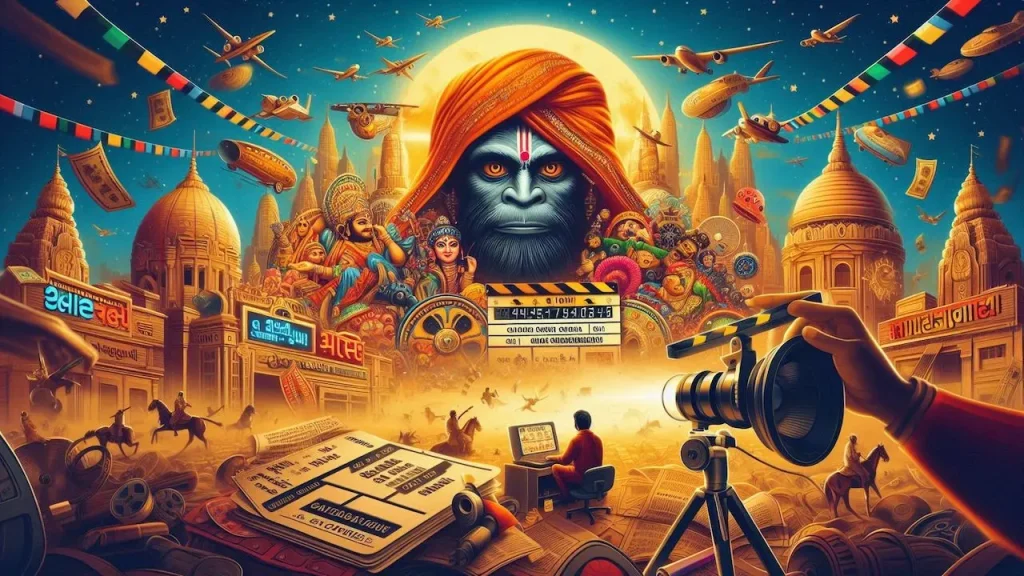The long-awaited Mirzapur Season 3 hit Amazon Prime on July 5, 2024, and fans can finally dive back into the gritty world of power struggles and revenge. As a film critic who binged all ten episodes, I can say this season takes the intensity to new heights.
Cast and Characters
Pankaj Tripathi returns as the menacing Kaleen Bhaiyaa, his performance even more chilling than before. The rivalry with Guddu (Ali Fazal) reaches a boiling point, with both actors delivering powerhouse scenes. Their cat-and-mouse game keeps viewers on edge throughout the season.

Shweta Tripathi Sharma as Golu continues to shine, her character arc adding depth to the storyline. Her transformation from innocent college student to ruthless player is complete, and she holds her own against the seasoned criminals.
The introduction of new characters brings fresh dynamics to Mirzapur. Vijay Verma joins the cast, his role adding an unexpected twist to the power struggle. His scenes with Rasika Dugal’s Beena Tripathi are particularly riveting.
Episode Breakdown
Episode 1: Tetua
in Episode 1, Tetua, sets the tone for the season. The aftermath of Season 2’s bloodbath is felt keenly, with characters dealing with loss and plotting their next moves. The writing is sharp, wasting no time in pulling viewers back into the world of Mirzapur.

Episode 2: Mexico
Mexico, the second episode, expands the scope of the series. The action moves beyond the confines of Uttar Pradesh, hinting at larger criminal networks. This broadening of horizons adds a new layer to the narrative without losing the local flavor that made Mirzapur popular.

Episode 3: Pratishodh
Pratishodh, episode 3, lives up to its name (revenge). The pace picks up significantly here, with several characters setting their plans in motion. The tension is palpable, and the performances across the board are stellar.

Episode 4: Kekadaa
Kekadaa, the fourth episode, provides a brief respite from the violence. It delves deeper into character motivations, offering insights that make the subsequent action more impactful. The shorter runtime works in its favor, keeping the narrative tight.

Episode 5: Traahi
Episode 5, Traahi, marks the midpoint of the season and delivers some of the most shocking moments yet. The directors, Gurmmeet Singh and Anand Iyer, show their skill in balancing multiple storylines while maintaining a cohesive narrative.

Episode 6: Bhasmasur
Bhasmasur, the sixth episode, sees the return of a fan-favorite character. Their reentry into the fray shakes up existing alliances and sets the stage for the season’s latter half. The writing here is particularly strong, with dialogues that will likely become fan quotes.

Episode 7: Bum-pilaat
Episode 7, Bum-pilaat, ramps up the action. The cinematography by Sanjay Kapoor shines in this episode, with beautifully shot sequences that contrast the violence on screen. The background score by John Stewart Eduri and Anand Bhaskar adds to the tension.

Episode 8: Raja Beta
Raja Beta, the eighth episode, focuses on the younger generation of Mirzapur. Harshita Gaur and Priyanshu Painyuli get more screen time, their characters grappling with the weight of their families’ legacies. The generational conflict adds depth to the overarching themes.

Episode 9: Ansh
The penultimate episode, Ansh, is the shortest of the season but packs a punch. It sets up the finale brilliantly, with several plotlines converging. The performances in this episode are particularly noteworthy, with even supporting characters like Sheeba Chadha’s leaving a lasting impression.

Episode 10: Pratibimbh
Pratibimbh, the season finale, delivers on the build-up. Clocking in at 54 minutes, it’s a rollercoaster of emotions and action. The resolution of certain storylines is satisfying, while others are left open-ended, hinting at potential future seasons.
Overall Production
Overall, Mirzapur Season 3 lives up to the hype. The production values have noticeably improved, with Excel Media and Entertainment pulling out all stops. The attention to detail in set design and costumes adds authenticity to the world.

Writing and Narrative
The writers – Apurva Dhar Badgaiyan, Avinash Singh, Vijay Verma, and Avinash Singh Tomar – have done a commendable job. They’ve managed to expand the Mirzapur universe without losing sight of what made the show popular in the first place.
One minor criticism is that some subplots feel rushed, likely due to the constraints of a 10-episode season. A few more episodes might have allowed for more nuanced storytelling in certain arcs.
Performances
The performances across the board are top-notch. Pankaj Tripathi continues to be the standout, his Kaleen Bhaiyaa a mix of menace and vulnerability. Ali Fazal’s Guddu has matured, his performance more nuanced than in previous seasons.
Rasika Dugal as Beena Tripathi gets more to do this season, and she makes the most of it. Her character’s evolution is one of the highlights of the season. Shweta Tripathi Sharma brings a quiet intensity to Golu, her performance a study in controlled rage.
The new additions to the cast fit seamlessly into the Mirzapur world. Vijay Verma, in particular, is a scene-stealer, his character adding an unpredictable element to the mix.

Action and Cinematography
The action sequences in Season 3 are a step up from previous seasons. They’re more intricately choreographed and shot, adding to the overall cinematic feel of the show.
Dialogue and Language
The use of local dialects and slang continues to be a strong point, adding authenticity to the characters and settings. The dialogue writers deserve credit for maintaining the flavor of the region while making it accessible to a wider audience.
Tone and Themes
One of the strengths of Mirzapur has always been its ability to balance dark humor with intense drama, and Season 3 continues this tradition. There are moments of levity that provide much-needed breaks from the tension.
The theme of power and its corrupting influence remains central to the narrative. The show explores how the pursuit of power affects different characters, from the established players to the new entrants in the game.
Family dynamics continue to play a crucial role in the story. The complex relationships between fathers and sons, brothers, and extended family members add depth to the characters and their motivations.
The role of women in this male-dominated world is explored further in Season 3. Characters like Beena, Golu, and others navigate the power structures, often outmaneuvering their male counterparts.
The season also touches upon relevant social issues, weaving them organically into the narrative without being preachy. This adds a layer of realism to the show, grounding it in the socio-political realities of the region.
Accessibility
Mirzapur Season 3 is available in multiple languages – Hindi, Tamil, Telugu, Malayalam, and Kannada – making it accessible to a wide audience across India. The dubbing quality is good, maintaining the essence of the original performances.
Conclusion
In conclusion, Mirzapur Season 3 is a worthy addition to the series. It builds on the strengths of previous seasons while taking the story in new directions. Fans of the show will find plenty to enjoy, and newcomers (though it’s recommended to watch the previous seasons first) will be drawn into this dark, compelling world.
The season ends on a note that suggests there’s more story to tell. If this is indeed the case, based on the quality of Season 3, fans will eagerly await the next chapter in the Mirzapur saga.
Meta Title:
Meta Description: Mirzapur Season 3 raises the stakes with intense performances, expanded storylines, and shocking twists. A must-watch for fans of gritty crime dramas.







